|
View from Sunny Flat Campground looking south toward 42 Forest Road. If you drive southwest past the visitor center on 42 Forest Road, you will pass South Fork Road on the left, where we spotted the birds seen in Part I of this series. If you stay on 42 Forest Road, the first right after the junction with South Fork will be Sunny Flat Campground. Sunny Flat is a large, flat, and sunny creekside campground that is a popular place for birders to stay in the spring. See the relief map below, from Google Maps. In April almost all of the campsites had hummingbird feeders hanging from various hooks or branches. One camper was particularly friendly and invited us to stay at her campsite for birding as long as we wanted to as she headed out for a day of hiking. She had multiple nectar feeders hung out in bright sunlight. which made the hummingbird photos that follow possible. If she is reading this post, Thank You! Hummingbirds at Sunny Flat: Blue-throated Mountain-gemThe Blue-throated Mountain-gem is considered a Mexican species that winters in the mountains of central and southern Mexico, and breeds in northern Mexico and just over the boarder into SE Arizona and western New Mexico as well as parts of western Texas. This species is the largest hummingbird to breed in the U.S., as we can guess from their size in relation to the feeder above, compared to other species in this post. The male, seen in this sequence of photos, has a blue/sapphire gorget that lights up in good light. Both sexes have double white stripes on the face and gray underparts, with white tips to the black tail feathers. They favor cool mountain streams between 4,500 and 11,500 feet where they forage in the understory. Note that Portal is 4,760 feet above sea level, at the base of the canyon. Sunny Flat is about 5,000 feet, and the perfect place for this hummer. In the two images shown above and the one below, we can see the white tips of the tail feathers and the gorget sparkling in direct light. My vantage point put the morning sun behind me, an advantage for all the shots in this section. I have added three images, shown below, captured in Portal at the Southwestern Research Station of the American Museum of Natural History in May 2018. We can see the white tips of the tail feathers as well as the white eye stripes and sapphire gorget. When perched on a feeder, it is clear that these birds are large. Black-chinned Hummingbird In contrast to the Mountain-gem, the Black-chinned Hummingbird is small. The species can be found from deserts to mountain forests ranging from winter grounds in central Mexico to breeding locations throughout the western U.S. and into Canada. Males have a green back, a black chin, with a lower boarder of iridescent purple, and white below. Here we see a male, hovering just off of one of the feeders. Broad-billed HummingbirdThe Broad-billed hummingbird lives year round in Mexico and breeds as far north as SE Arizona and western New Mexico. Males have a bright red bill tipped in black along with an emerald body and a sapphire throat. Females are golden-green above, gray below, with a white line behind the eye. In the image above we see the emerald body and red bill with black tip. Below the bird has rotated facing the camera and the sun, showing off the iridescent feathers, in an almost blinding fashion. The iridescence in hummingbirds is created by the chemical structure of their melanosomes that reflect incident light to create the bright colors. For some recent research on how the this all works, see EM Eliason et. al. Rivoli's HummingbirdThe Rivoli's Hummingbird, formerly known as the Magnificant, shares a range very similar to that of the Broad-billed Hummingbird; both are residents of Mexico with a breeding range that extends north into the SE Arizona and New Mexico. They are larger than most hummers that frequent our feeders, but smaller than the Blue-throated Mountain Gem we saw at the top of the line-up. Adult males are dark below and green above with a dark tail. In bright light the crown flashes purple and the throat emerald green. These colors can change dramatically with only minimal change in position. To show more detail, I have reached back into my archives and pulled out the two images below of a male Rivoli's creekside in Madera Canyon in March of 2018. The colors of the gorget and crown change with rotation of the head. Cooper's HawkWhooa! A Cooper's Hawk? Yup. Cooper's Hawks are ubiquitous throughout North America and have adapted very well to urban settings as well as to their usual rural hangouts. After some time shooting images of the hummers at the feeders, we looked right into a stand of trees adjacent to the campsites, and there was a Cooper's sitting on a branch looking for lunch. She (or he) is sitting on a branch, and looks around, left, right, and above for any likely birds. Males and females look alike, except females are larger. This bird looks big to my eye; I will call her a female. She may have a nest nearby with eggs or hatchlings and needs to feed them. She walks along the branch, focused on something near us. Since we are adjacent to feeders, it is likely one or more birds. Her face is in the sun most of the time, making the images more interesting. She extends her wings, as a stretch or perhaps getting ready to fly. Then one more step to her right . . . . A reasonable meal does not materialize, and she keeps looking . . . . Shortly after this sequence, she was rousted off the branch by a mob of Steller's Jays, who clearly thought that the Cooper's was too close for comfort. Somewhere between 2 to 5 jays harassed the Cooper's, forcing her into the air and following her north for some distance to be sure she was well away from the campground. Unfortunately I was unable to catch the action with my camera. Wilson's WarblerLet's end our visit to Sunny Flat with this male Wilson's Warbler. The species winters in Mexico and breeds in the Pacific Northwest, Canada, and Alaska. SE Arizona in in their migration territory, so it is likely that this male is following the trail of insects north. The black cap on the male makes them easy to spot. That is it for Sunny Flat! A beautiful spot in Cave Creek Canyon. My thanks to Marty Herde for her help with hummingbird ID. Part IV, the last of this series on the Chiricahuas, is coming soon. Happy trails!
6 Comments
7/25/2021 10:00:31 am
Another WONDERFUL addition of photography to the ornithological world - especially all of the hummingbird pictures.
Reply
Paul L Gelsinger
7/25/2021 10:30:41 am
Very nice. Thanks, Henry.
Reply
Linda Currin
7/25/2021 10:41:37 am
Stunning, as always!! Thank you for sharing, Henry!
Reply
Lindy Brigham
7/25/2021 10:44:08 am
Those pictures are spectacular Henry. How did you get those hummingbirds to pose for you like that! I'm going to start calling you the bird whisperer.
Reply
Carol Niehoff
9/11/2021 06:49:07 am
Thank you, Henry, so much for posting these photos and providing a beautiful and enlightening Saturday morning!
Reply
Henry Johnson
9/11/2021 08:31:49 am
Carol, Thank you! I am glad you enjoyed the post.
Reply
Leave a Reply. |
AuthorHenry Johnson, photographer and author of this site. For more detail, see About
Categories
All
Archives
July 2024
|
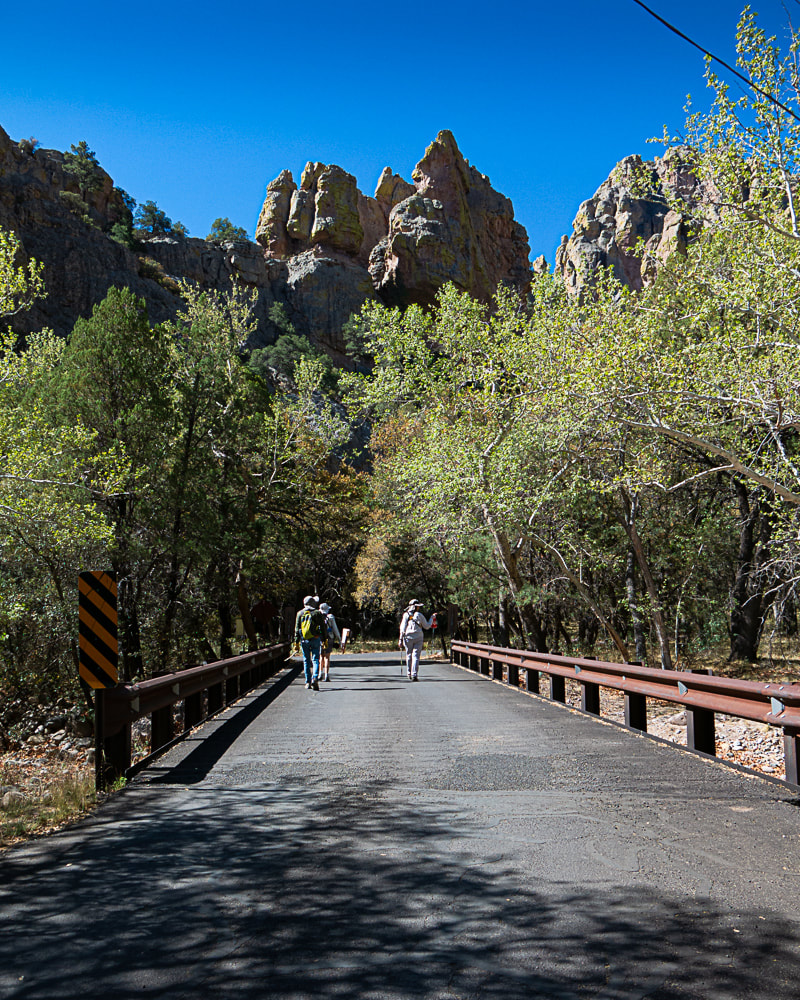
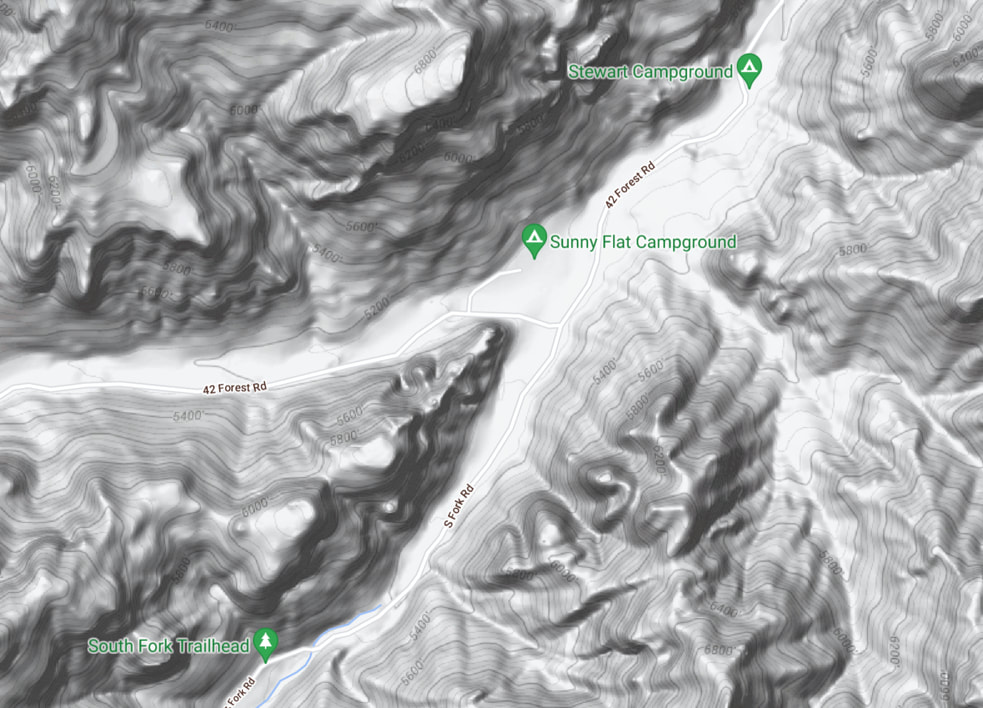
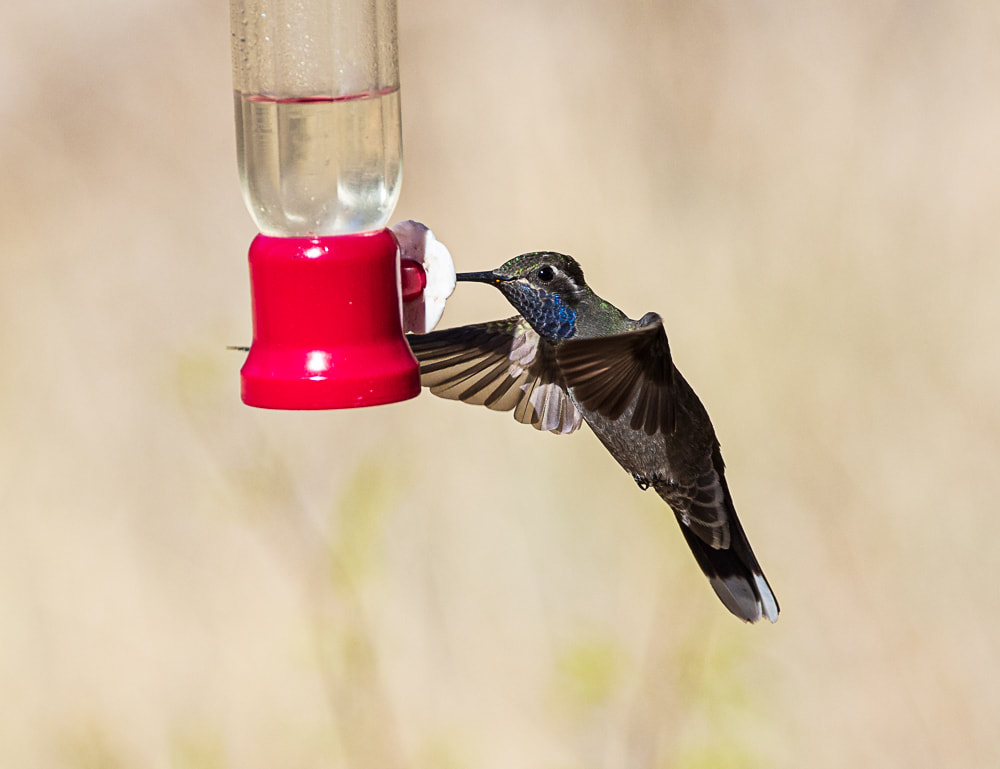
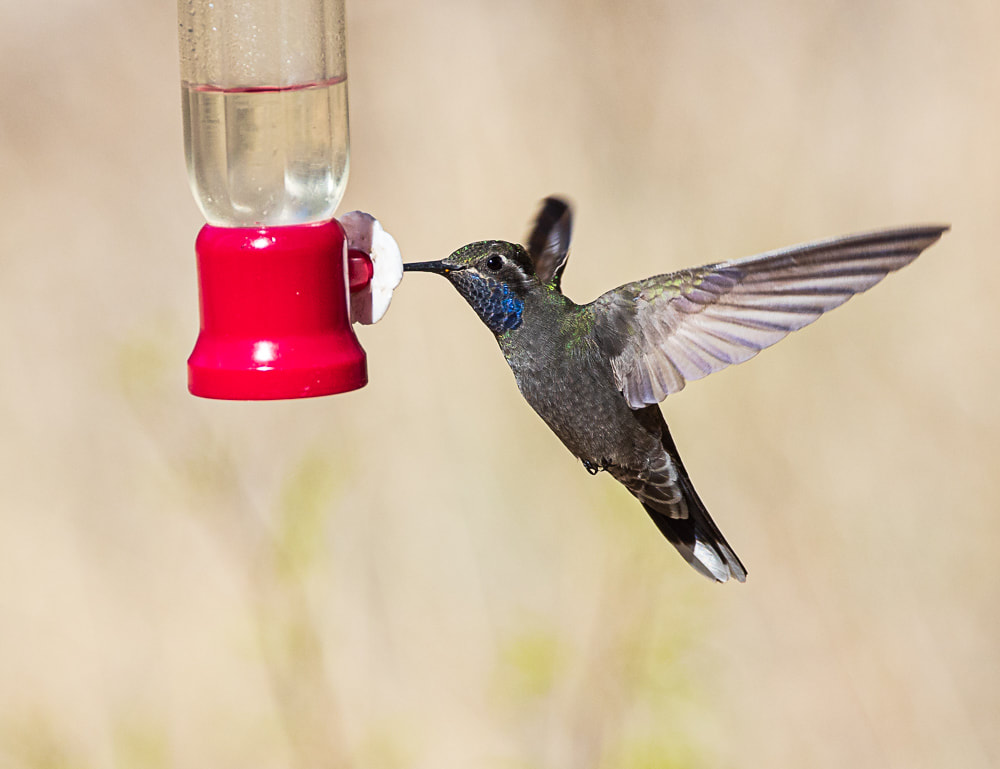
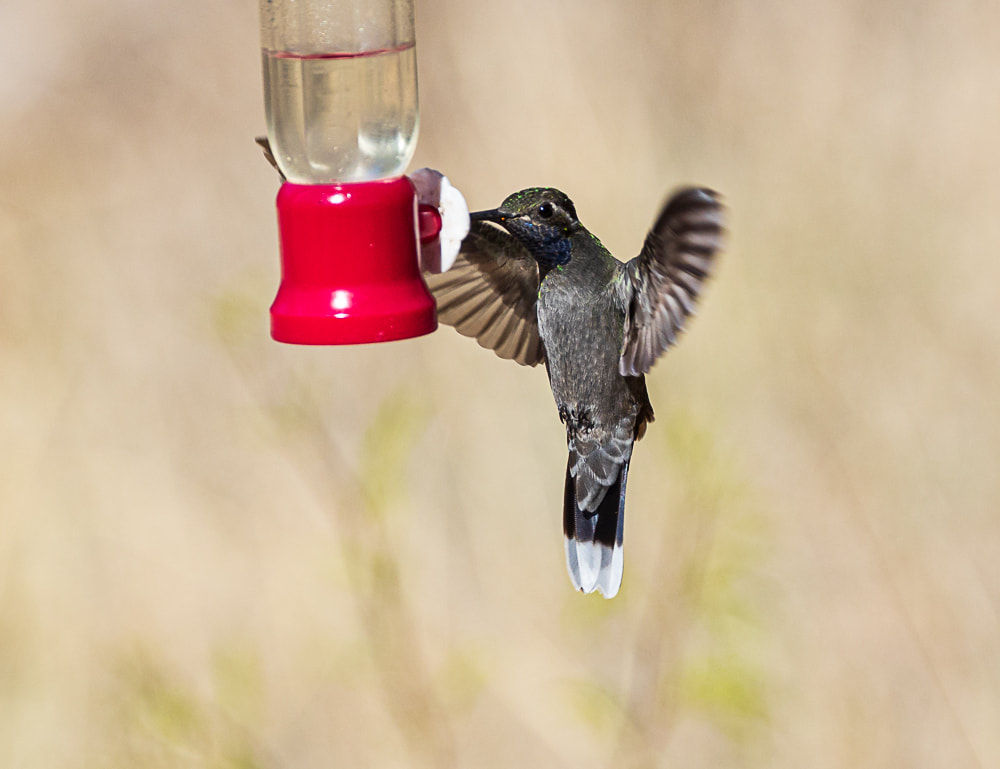
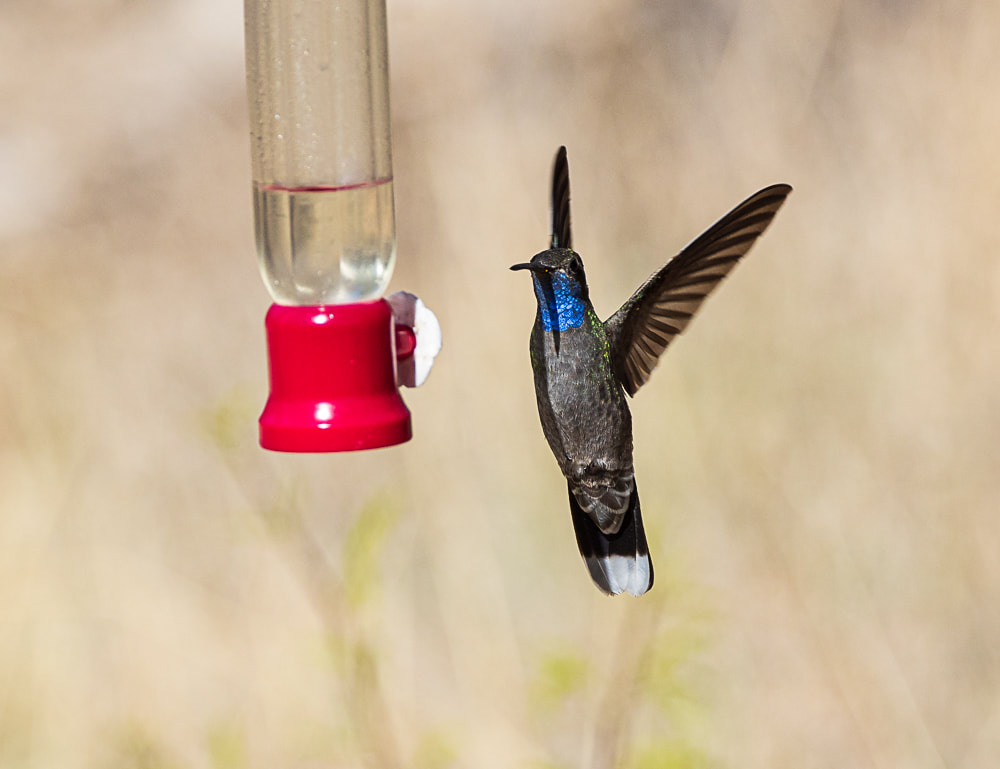
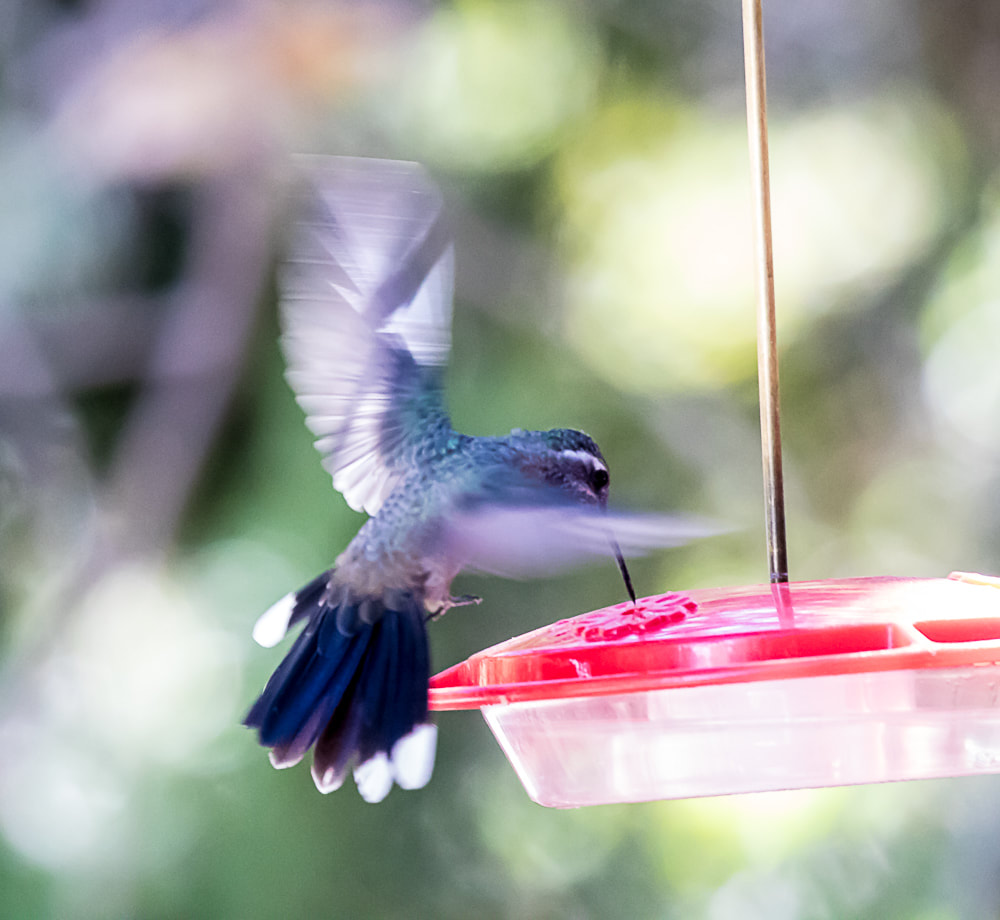

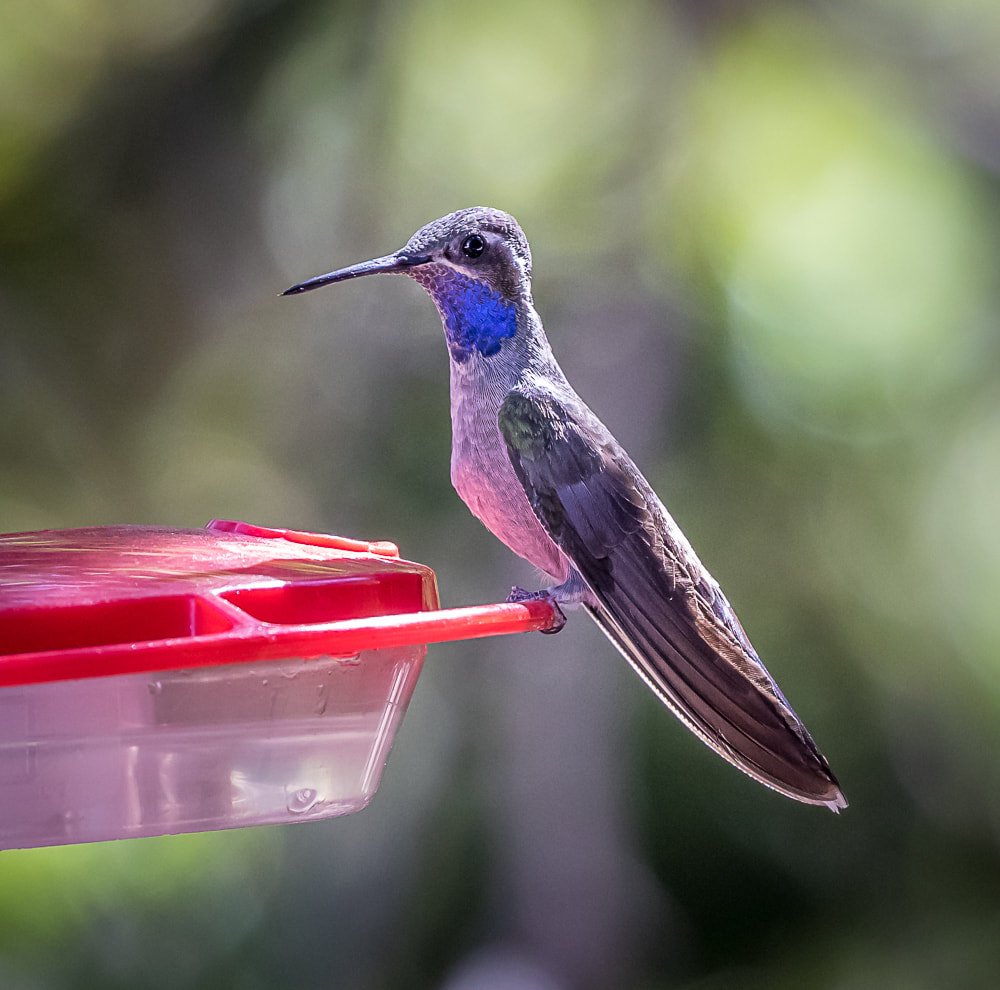
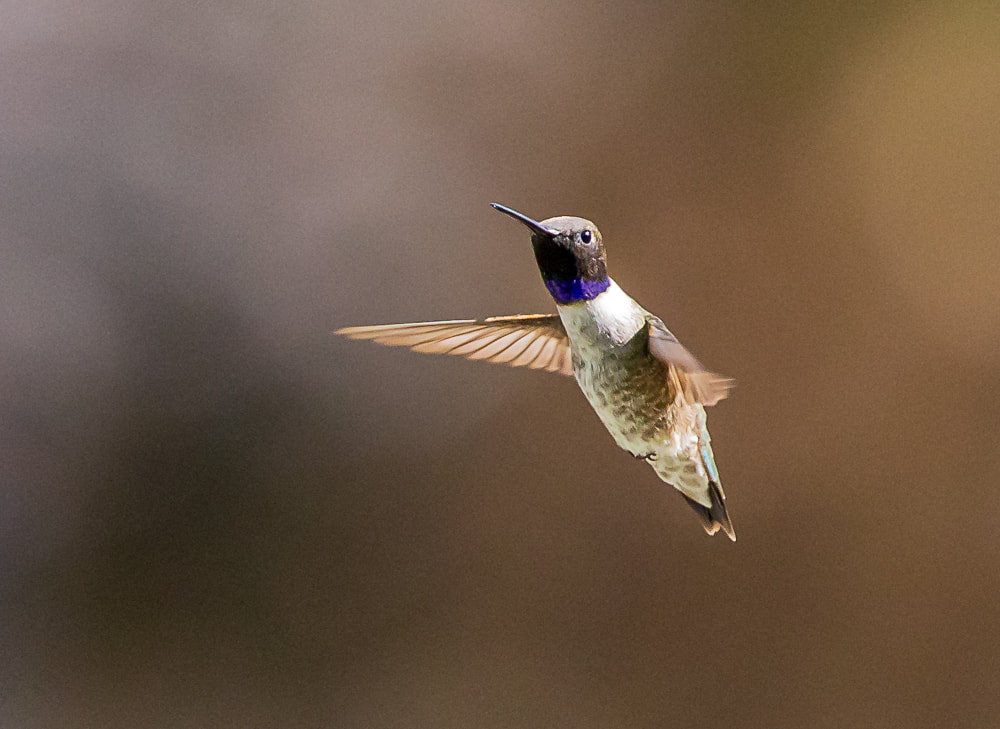
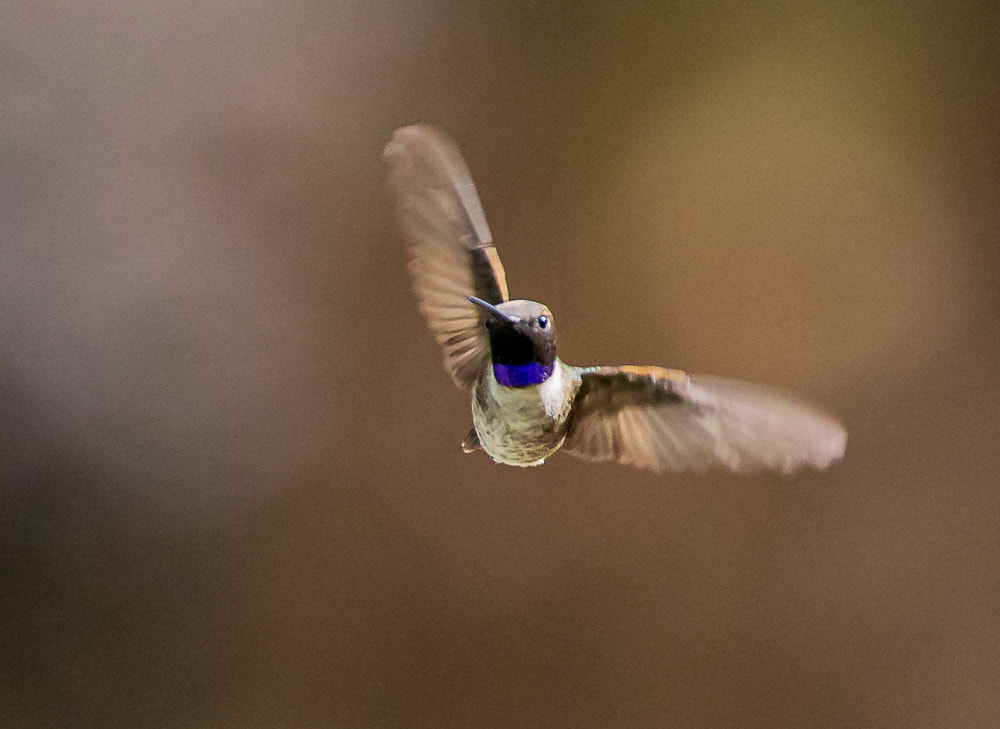
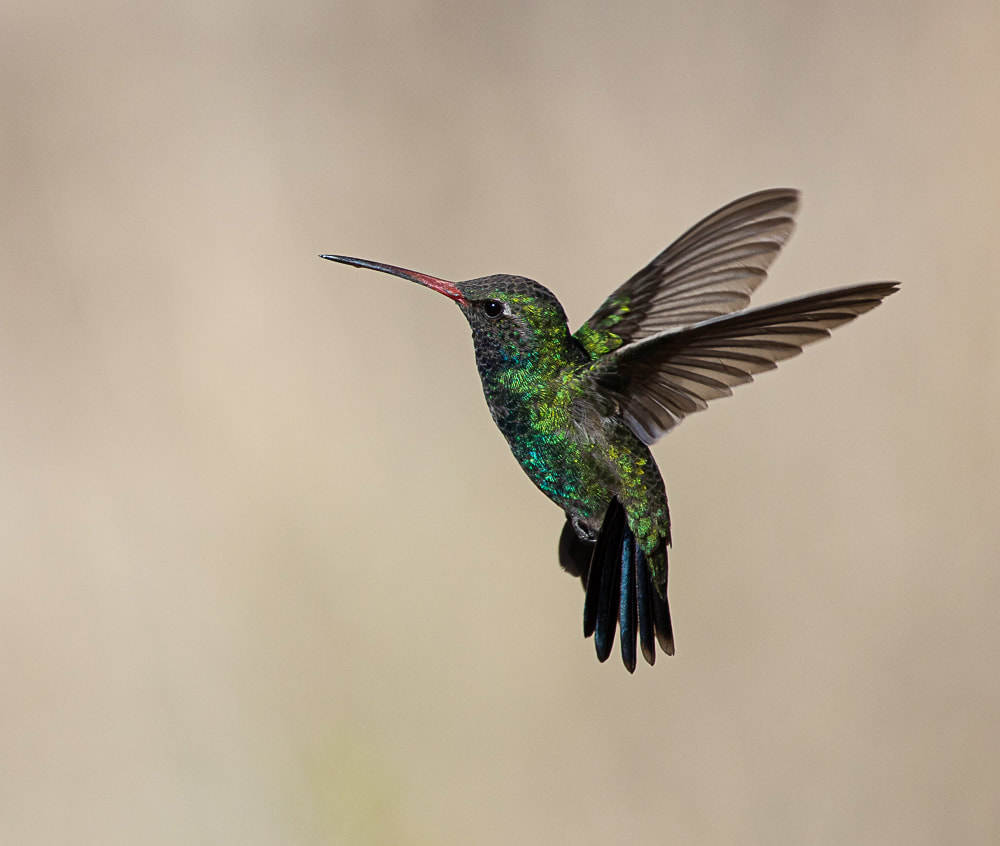
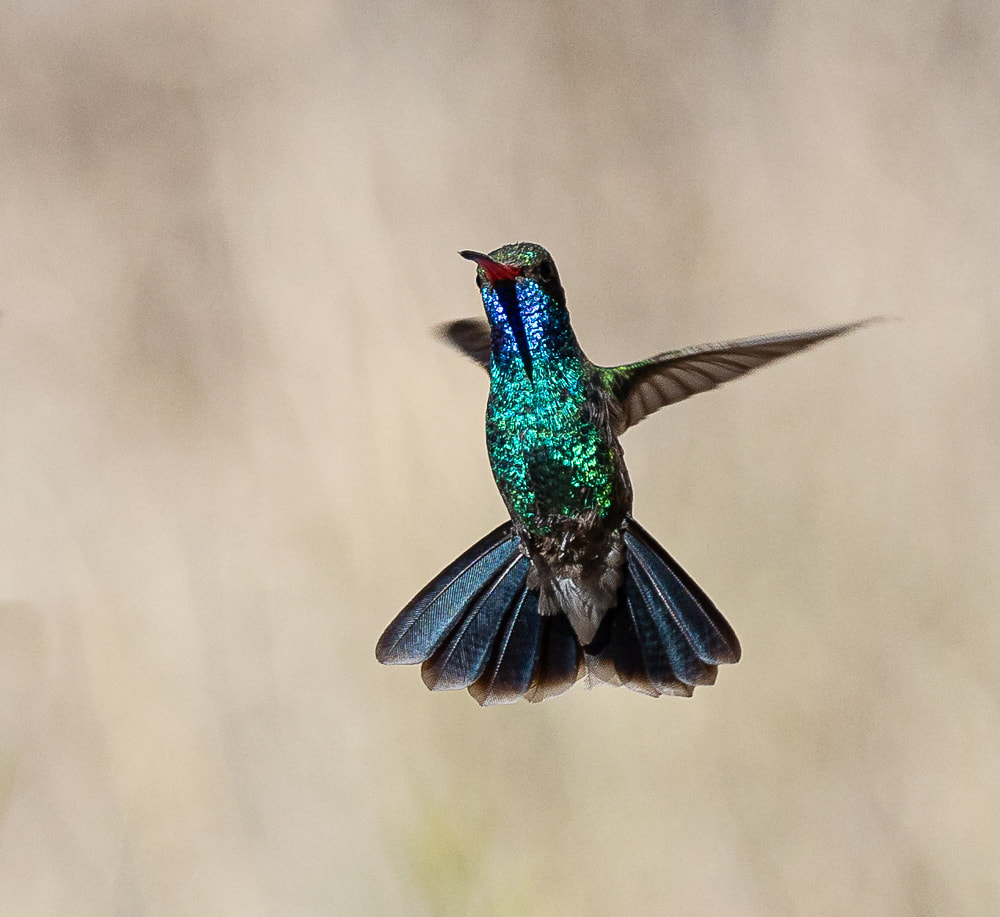
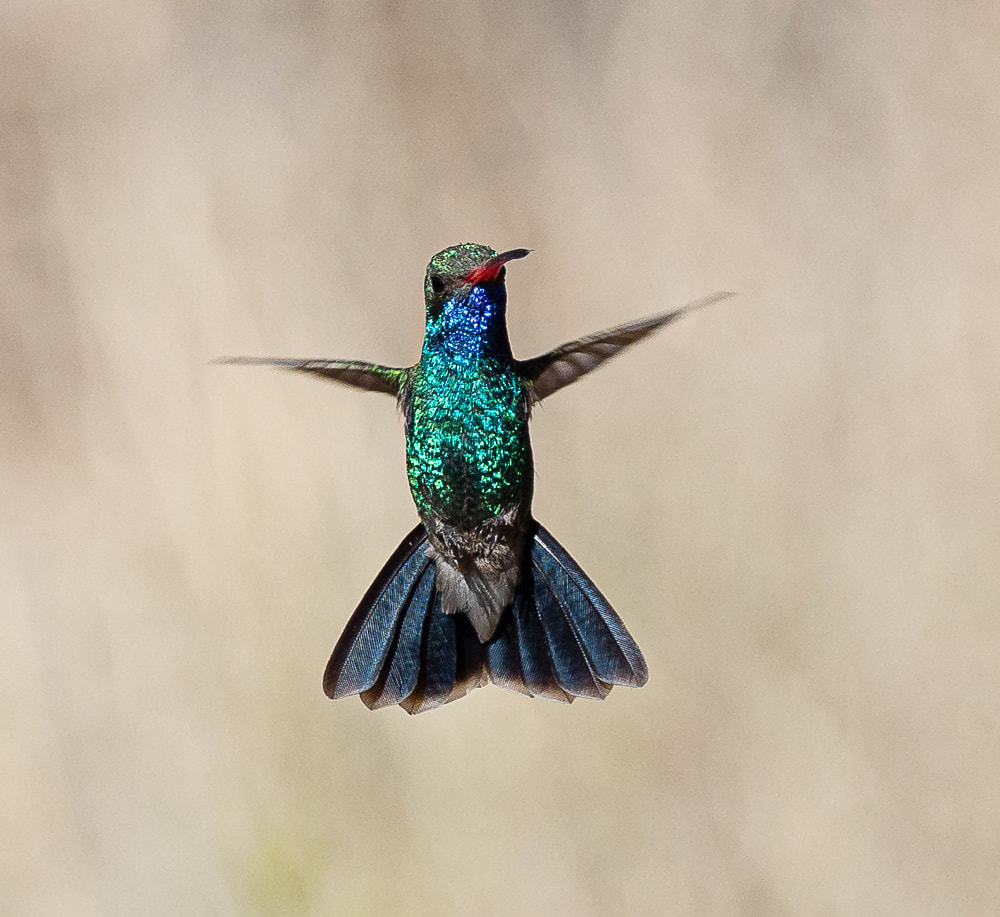
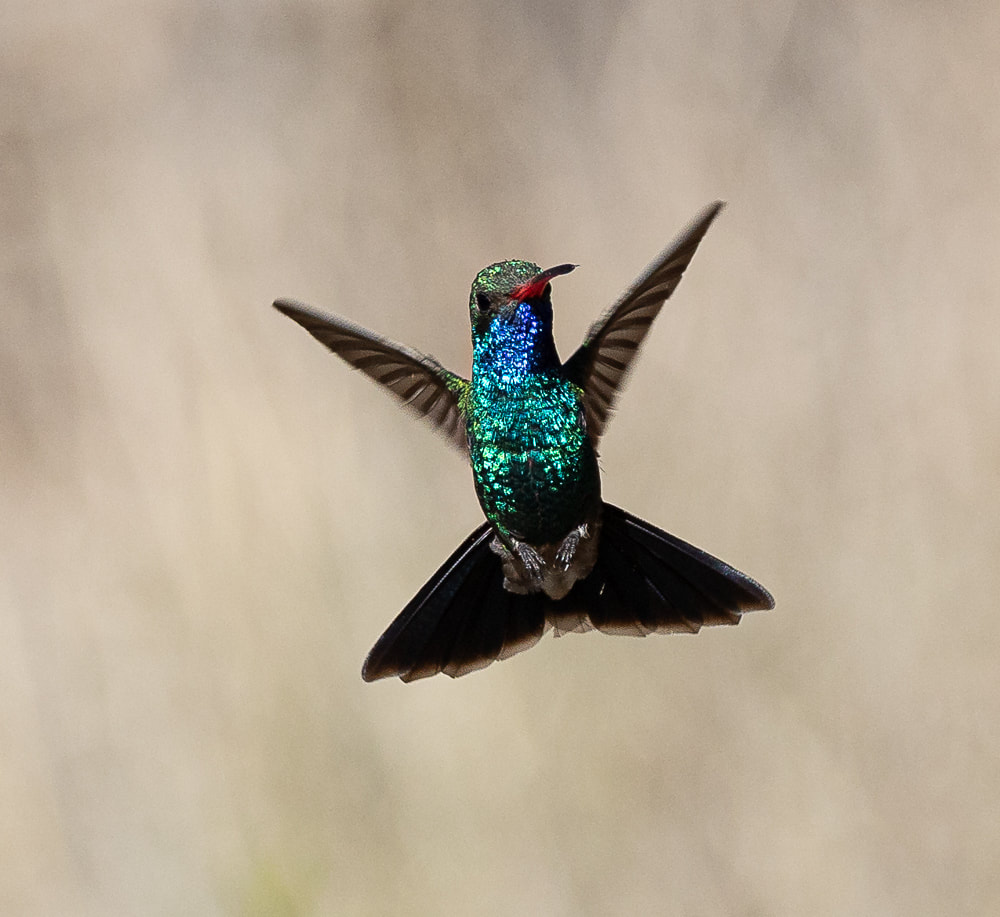
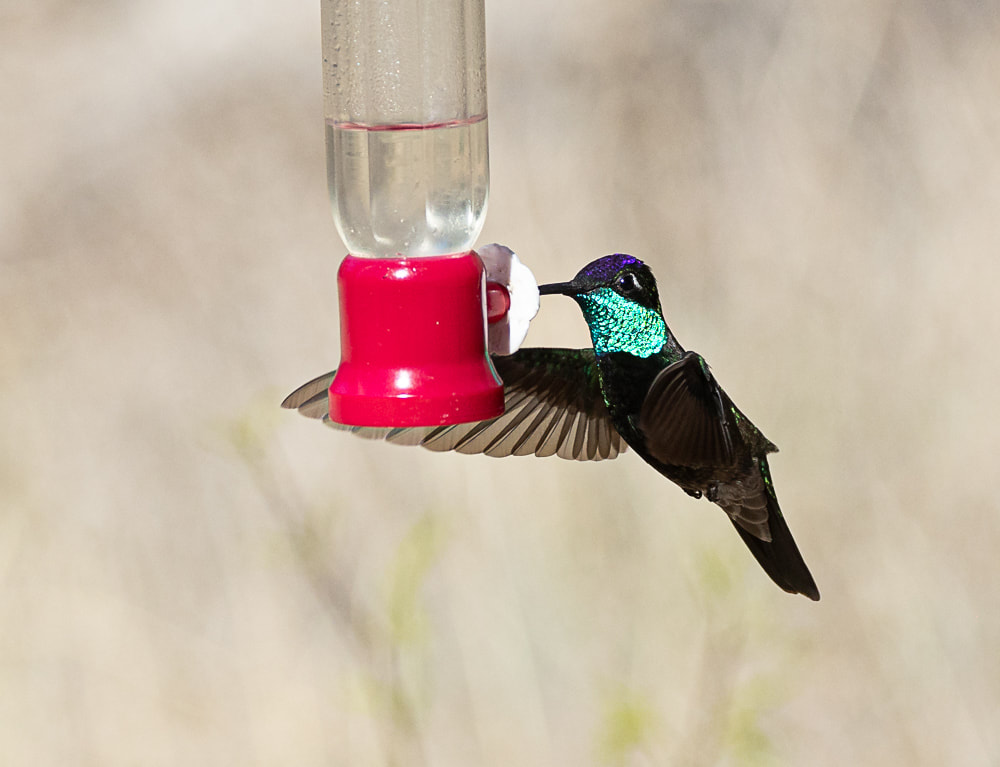
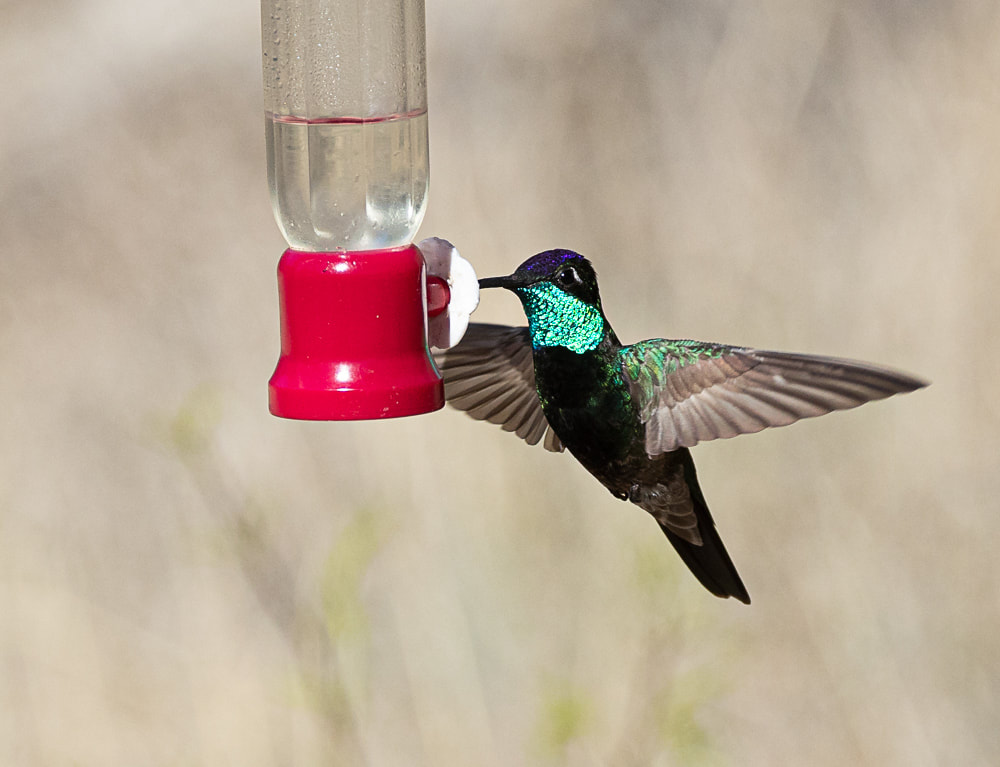
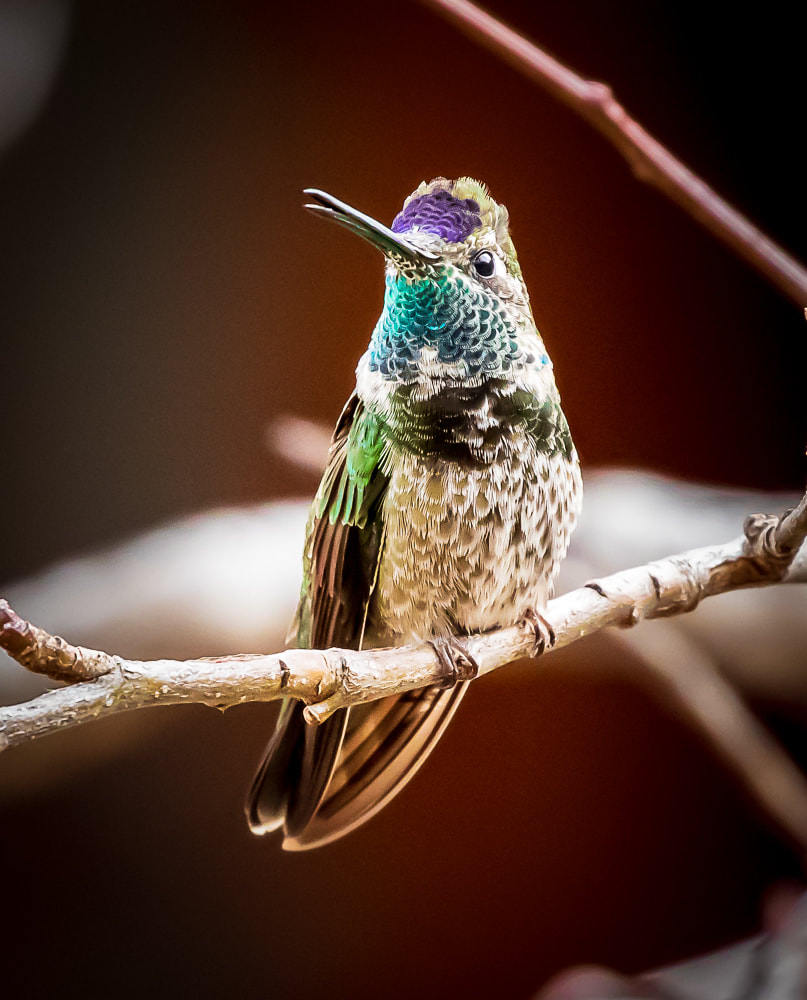
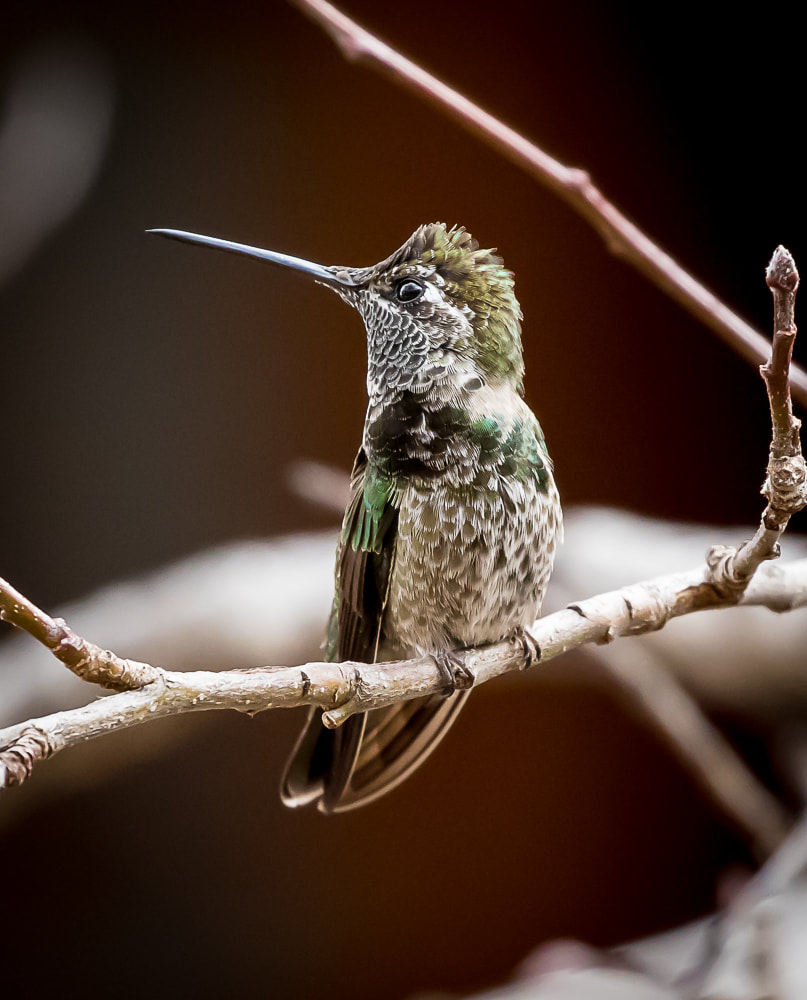
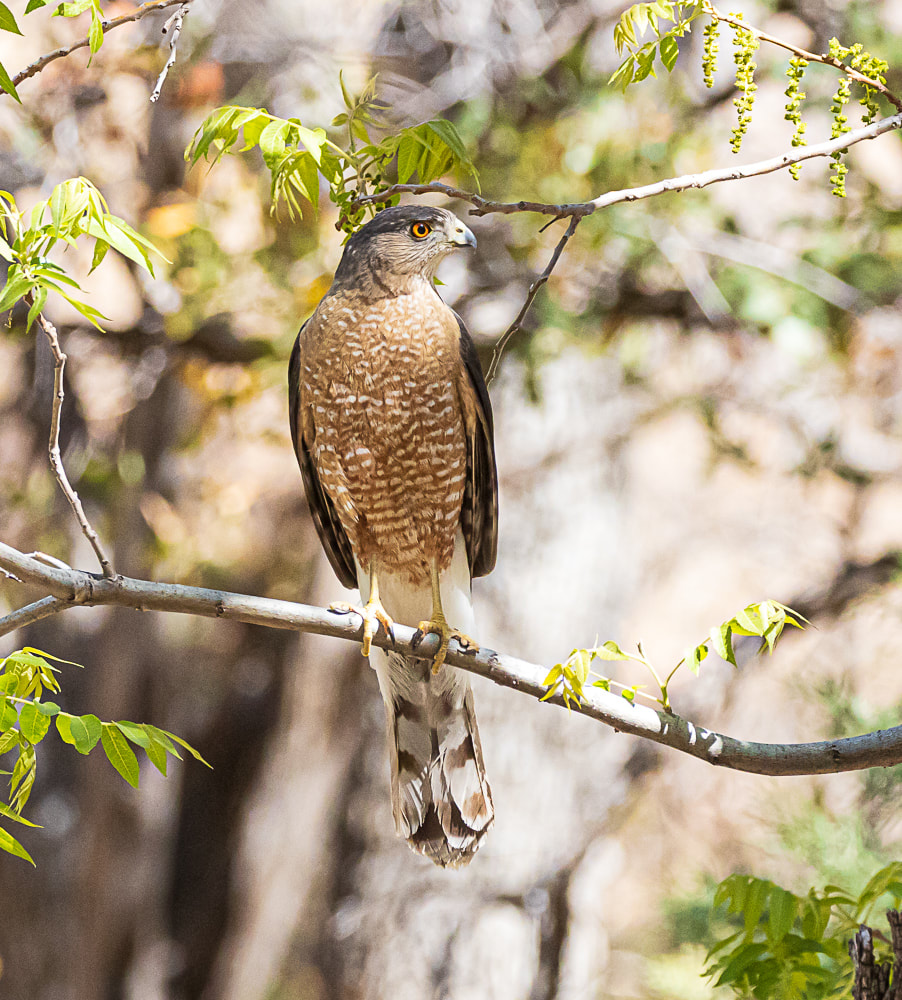
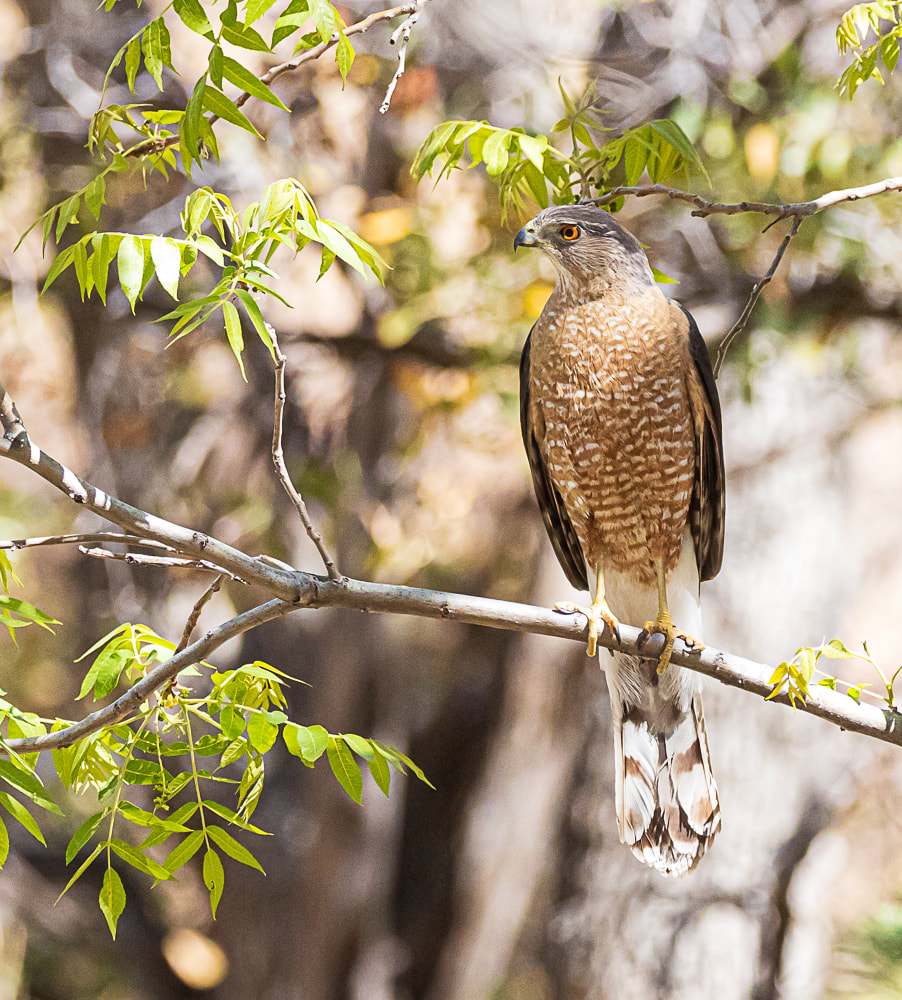
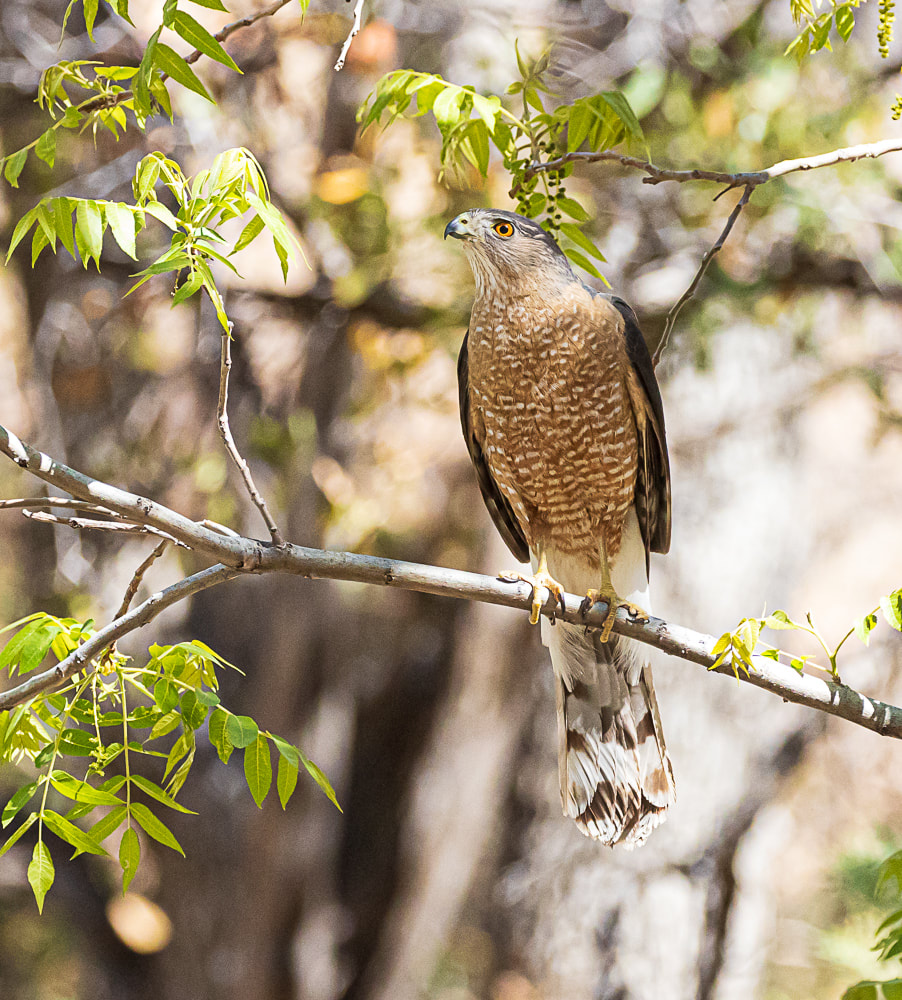
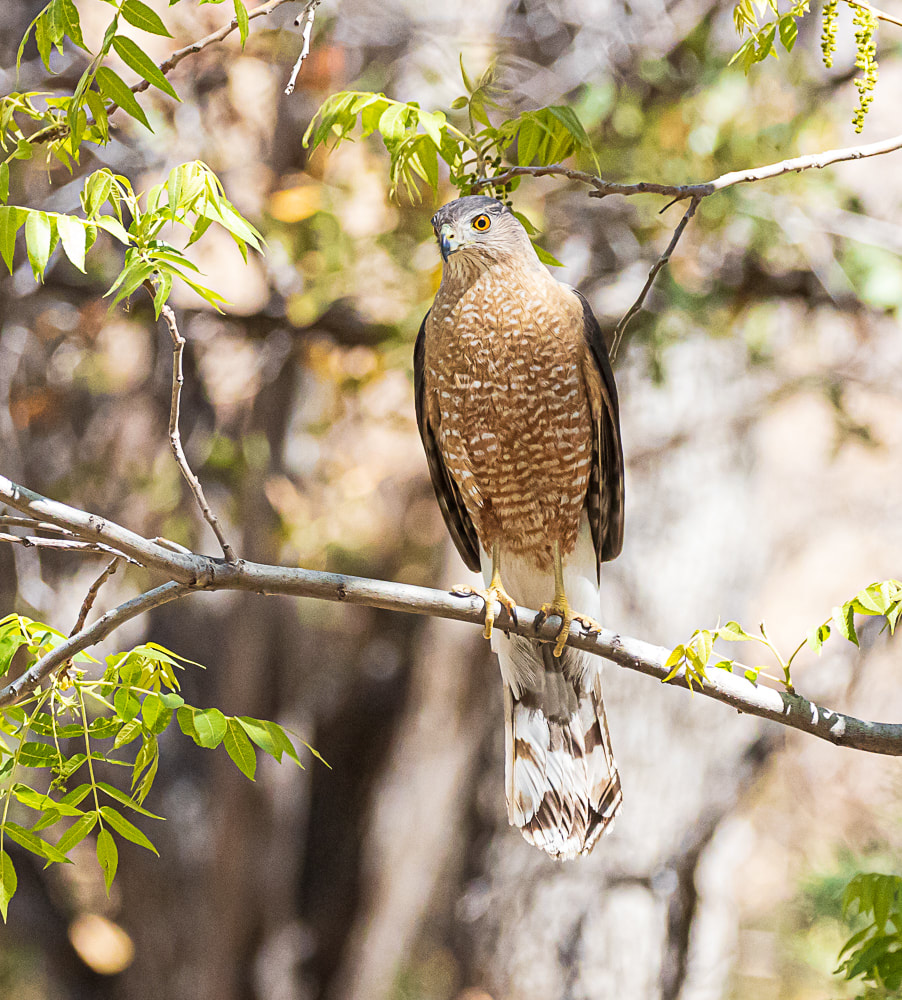
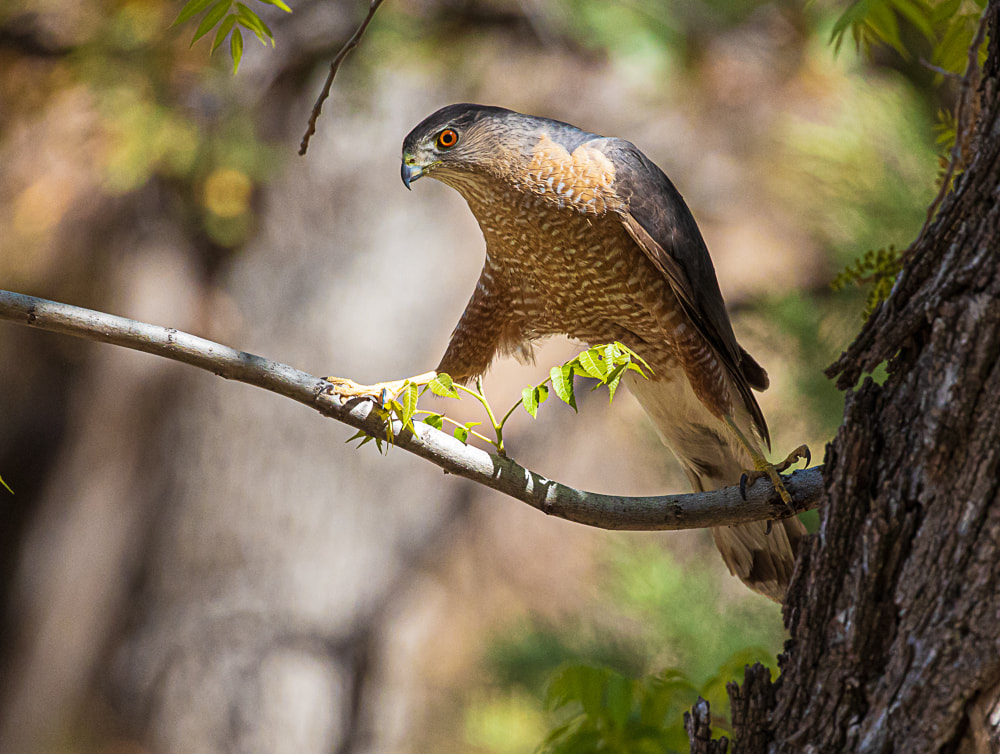
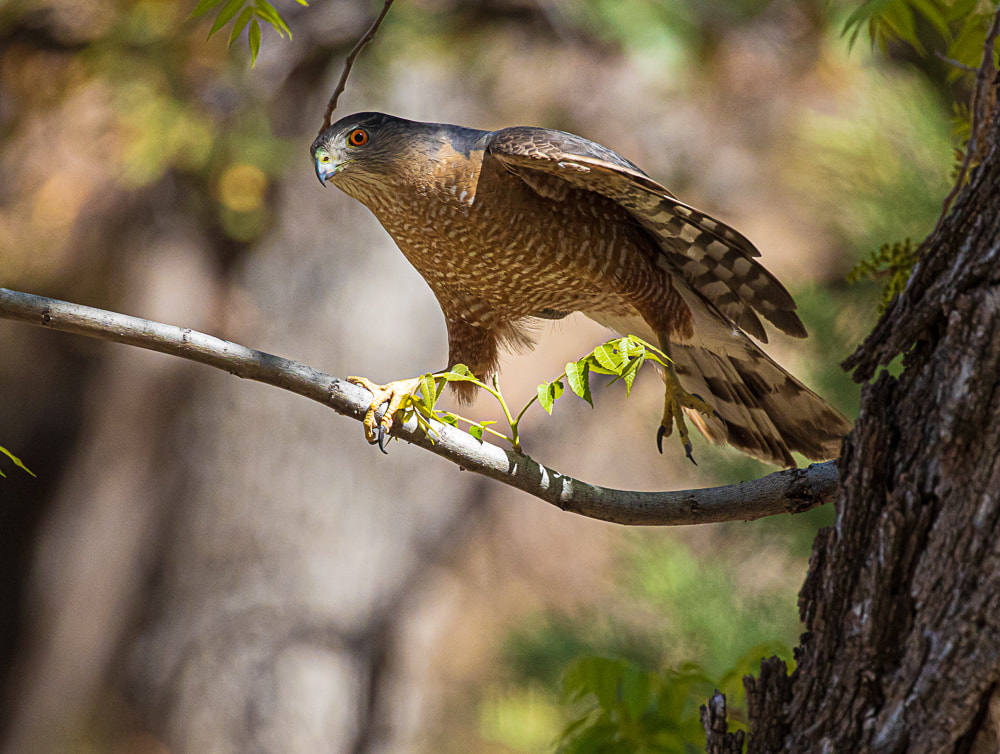
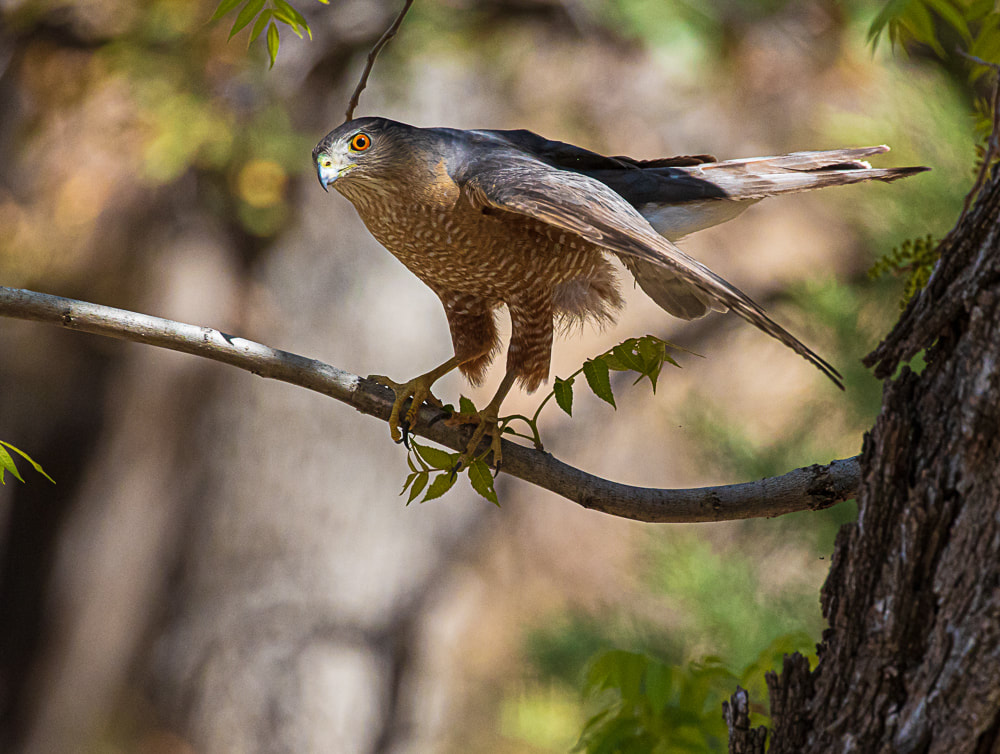

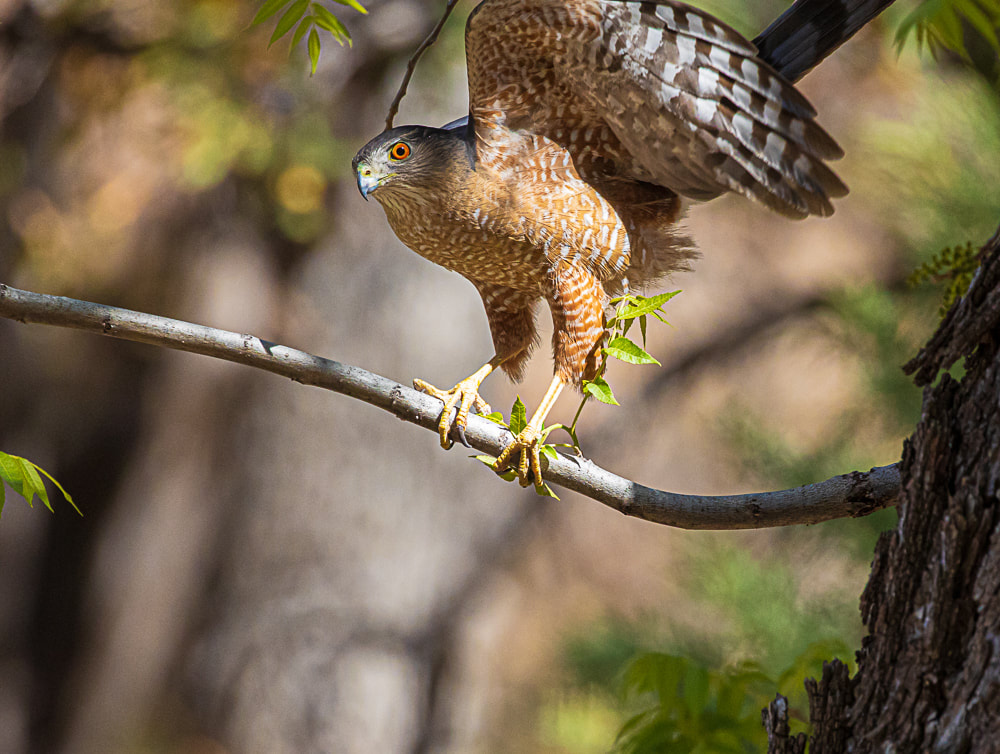
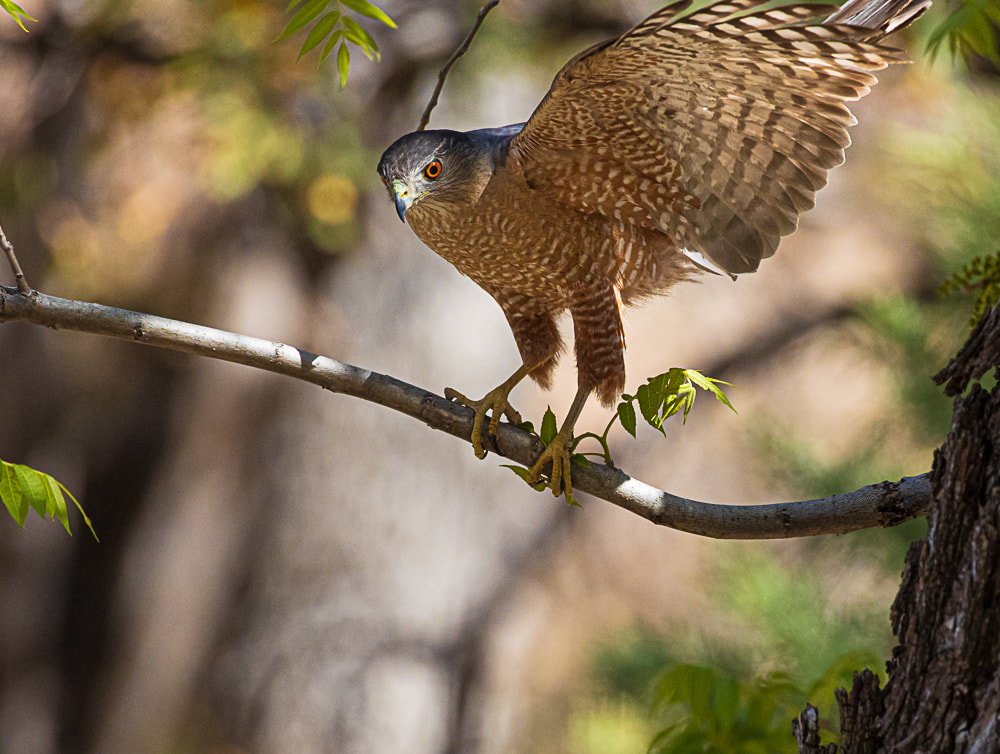
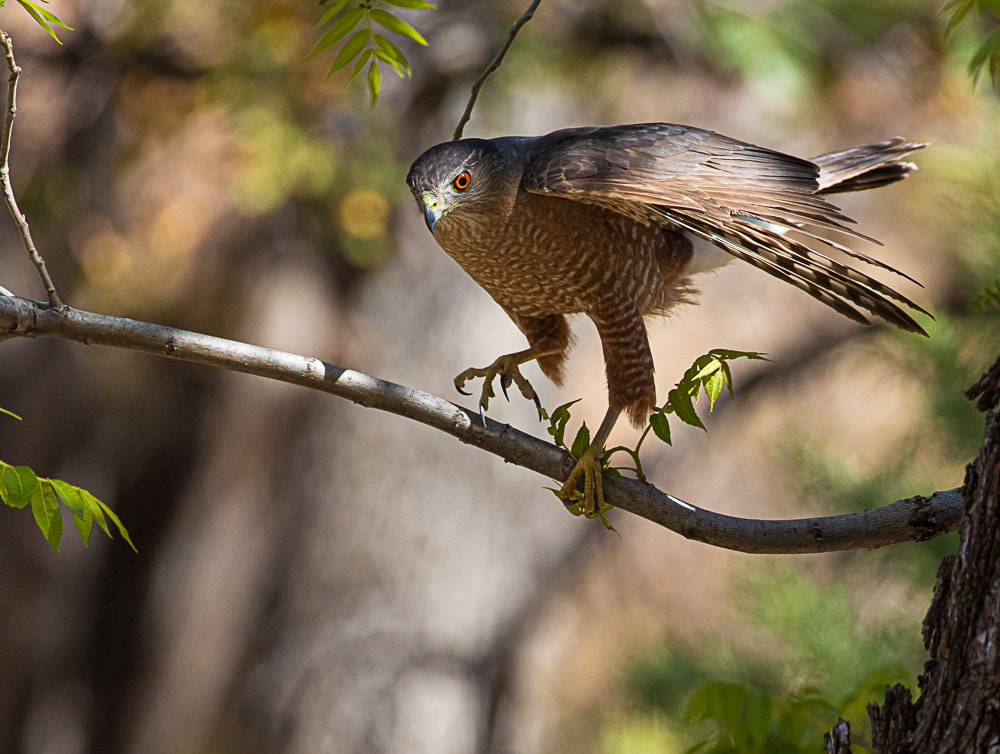
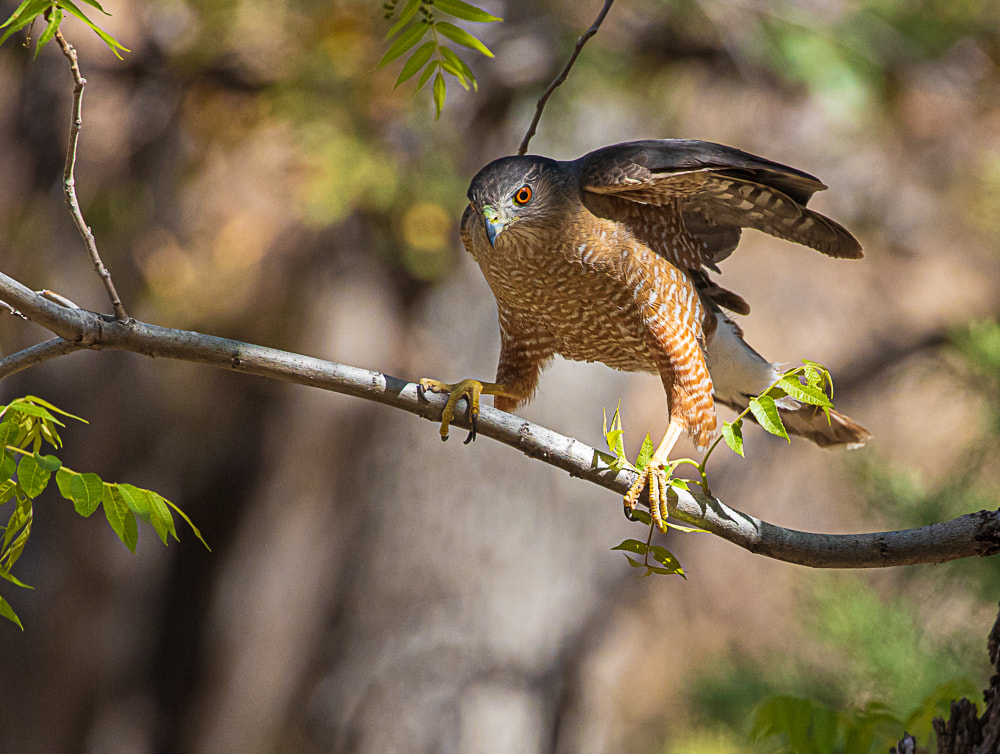
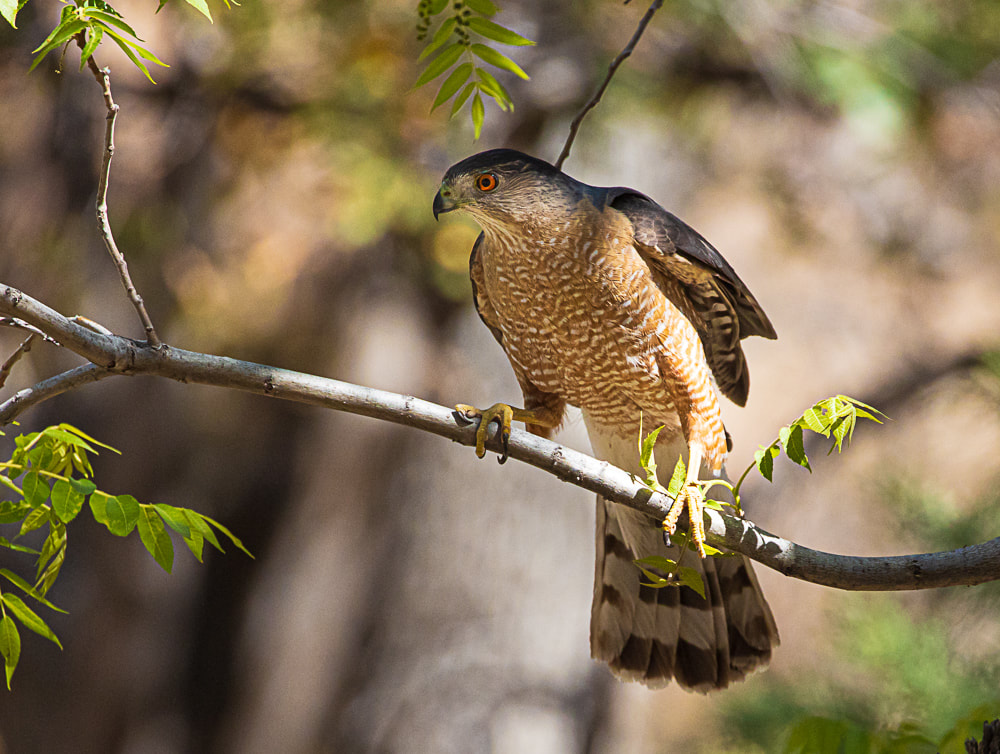
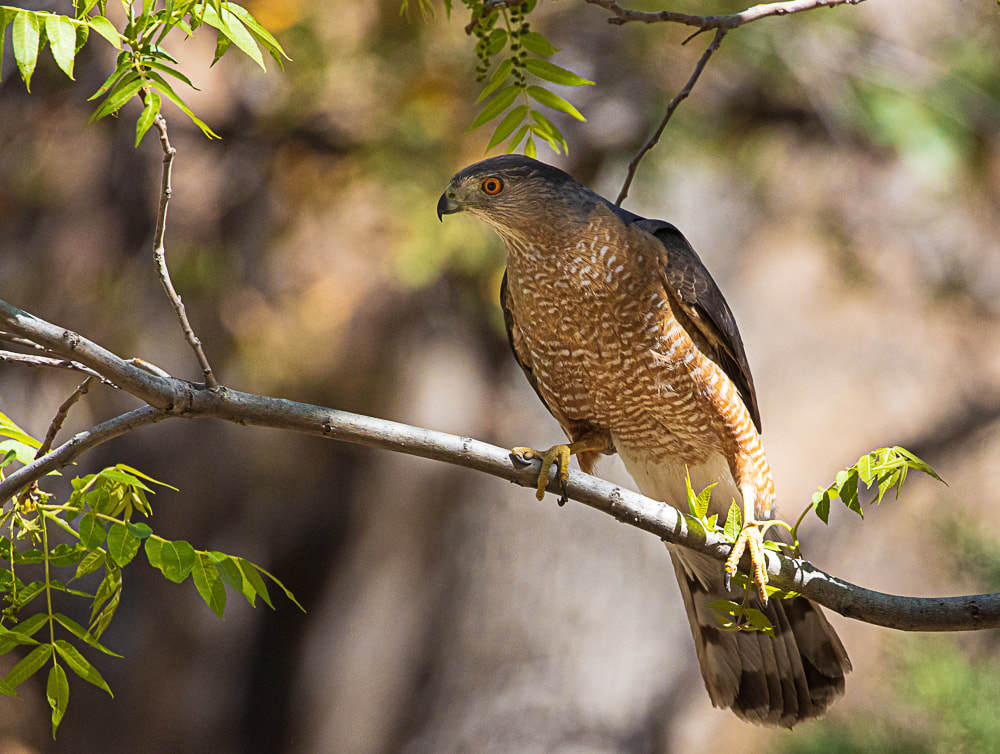
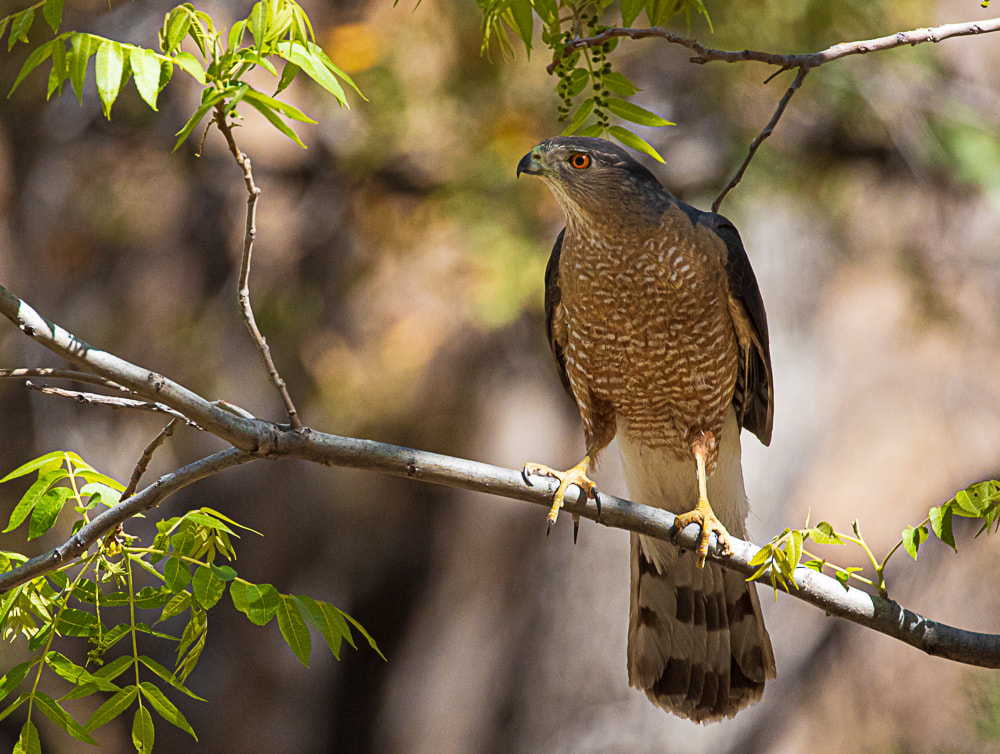
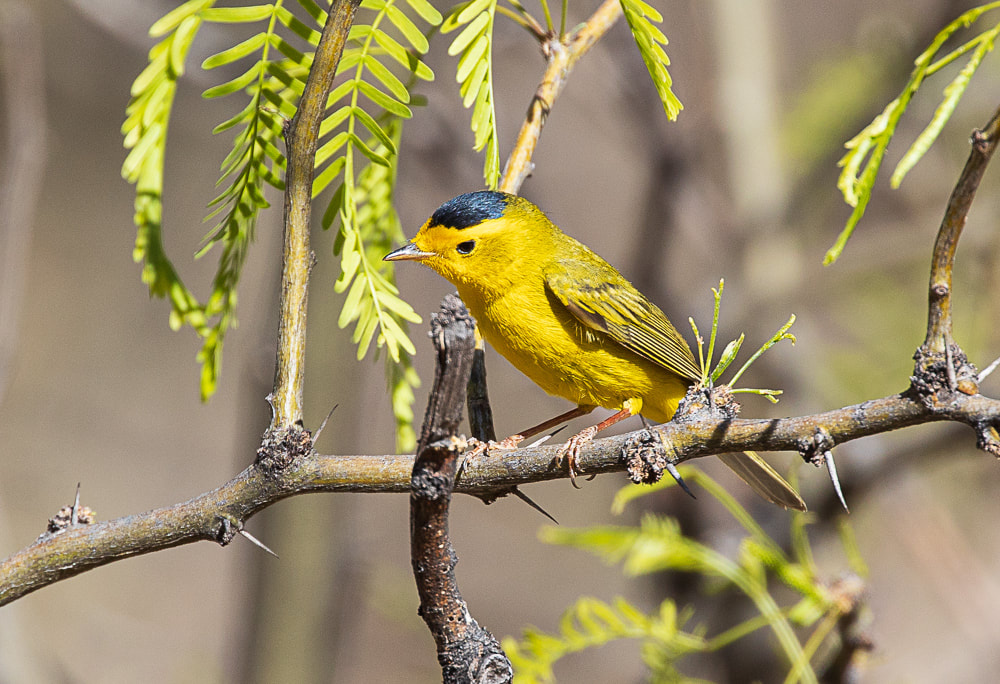
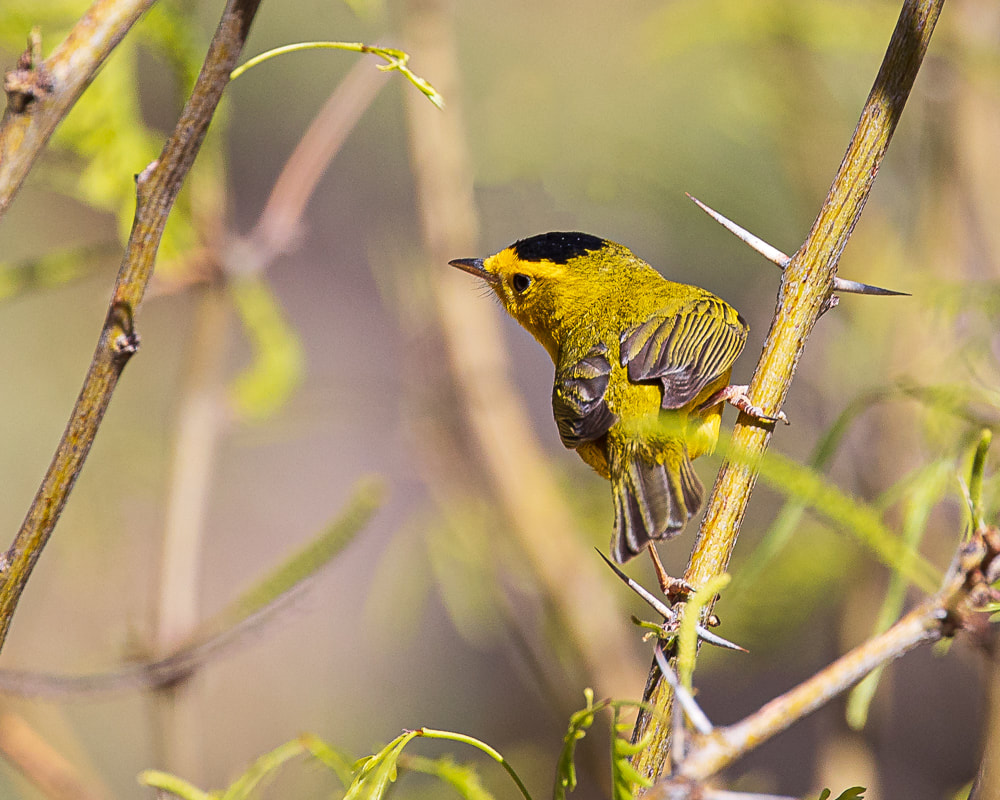
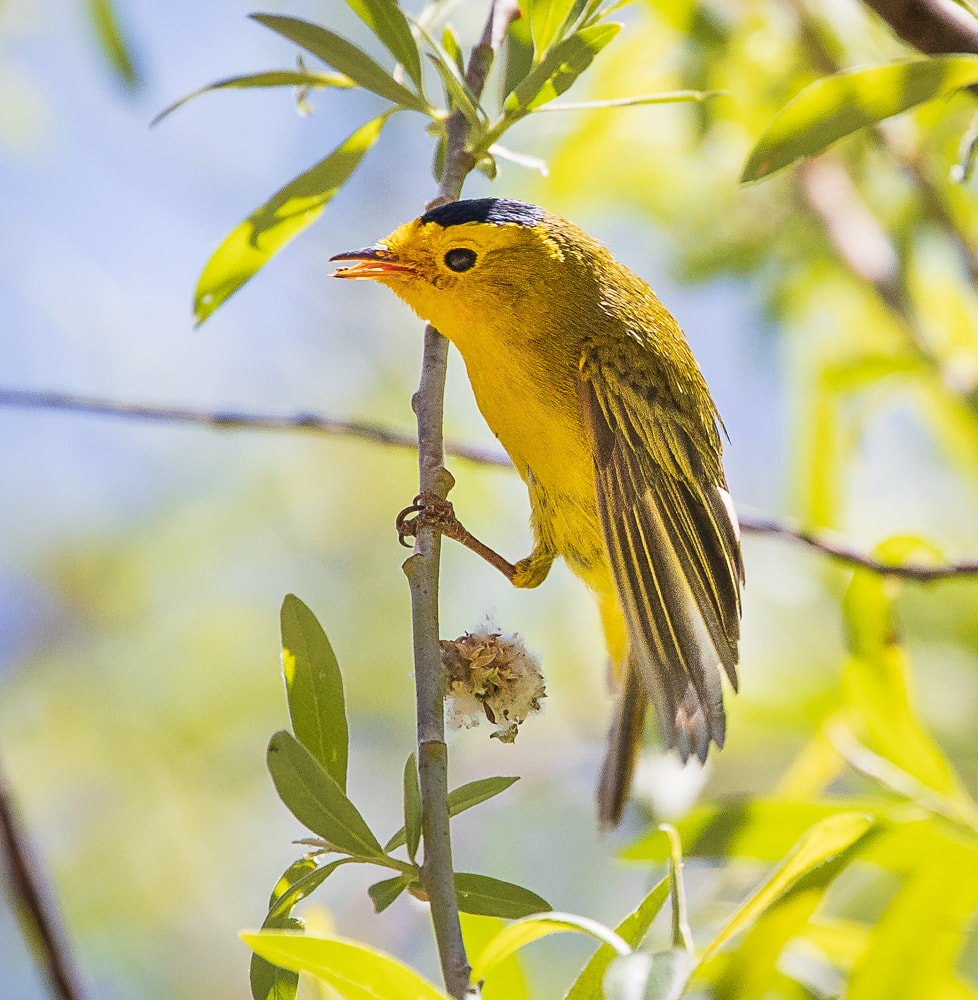
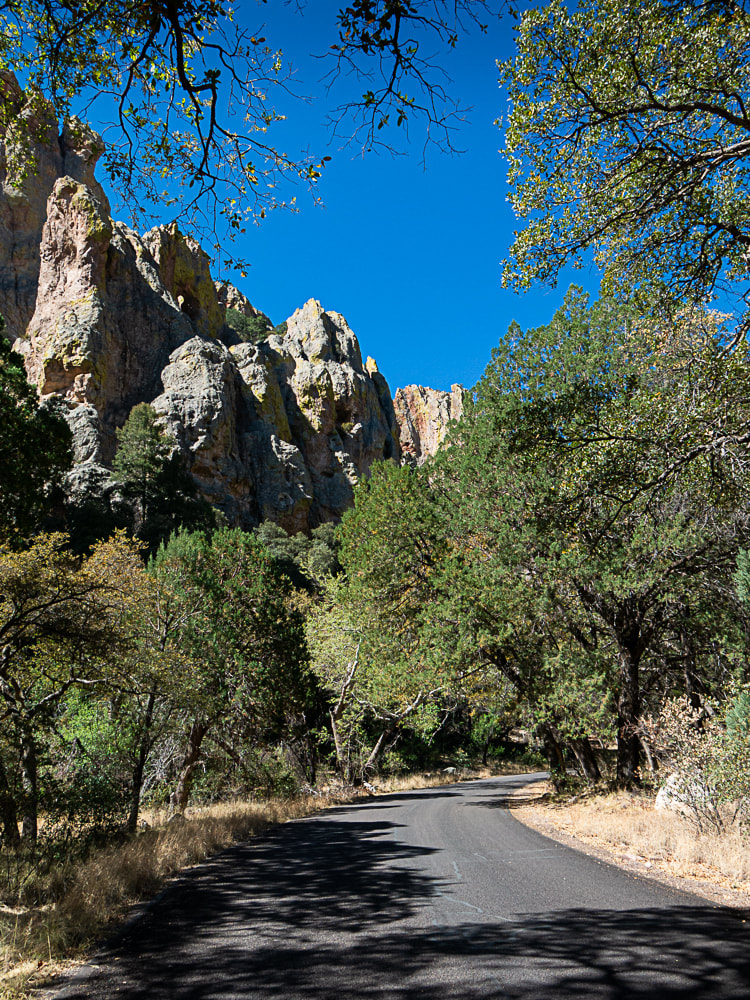
 RSS Feed
RSS Feed